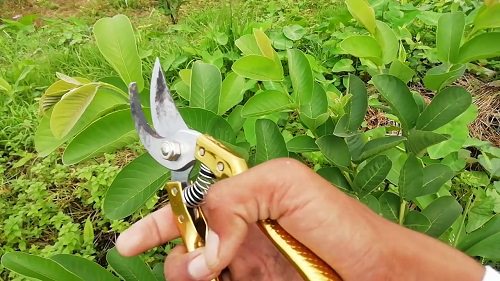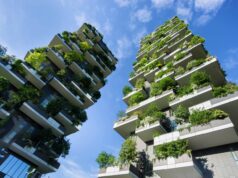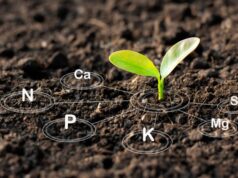Guava is a popular fruit that is widely grown in tropical and subtropical regions around the world. In recent years, there has been an increased interest in high-density planting of guava, which involves planting a larger number of trees per acre than in traditional orchards. While high-density planting can result in higher yields and greater profitability, it requires careful management, including regular pruning. In this blog post, we will explore why pruning is important in high-density plantation of guava.
- To Control Tree Size
One of the most important reasons for pruning guava trees in high-density plantations is to control their size. In a high-density orchard, trees are planted closer together than in traditional orchards, which means they have less space to grow. If left unpruned, guava trees can become overcrowded, which can lead to reduced yields, poor fruit quality, and increased susceptibility to diseases and pests. Pruning helps to control the height and spread of the trees, allowing them to receive adequate sunlight, air circulation, and nutrients.
- To Encourage Fruit Production
Another important reason for pruning guava trees in high-density plantations is to encourage fruit production. Guava trees that are not pruned may produce a large number of branches and leaves, but fewer fruits. By removing some of the branches and leaves, pruning directs the tree’s energy towards fruit production. This can result in larger, higher-quality fruits that are more evenly distributed on the tree.
- To Maintain Tree Health
Pruning is also important for maintaining the health of guava trees in high-density plantations. By removing dead or diseased branches, pruning helps to prevent the spread of diseases and pests. It also helps to improve air circulation and sunlight penetration, which can reduce the risk of fungal infections. In addition, pruning can help to prevent the tree from becoming too dense, which can lead to moisture buildup and the development of rot and other diseases.
- To Facilitate Harvesting
Finally, pruning is important in high-density plantations of guava because it facilitates harvesting. Guava trees that are not pruned may become too tall or wide, making it difficult to reach the fruits for picking. By pruning the trees, growers can create a more compact and manageable tree shape, which makes it easier to harvest the fruits quickly and efficiently.
- To Promote Branching
Pruning is an important technique for promoting branching in guava trees. In high-density plantations, trees are often trained to grow in a specific shape or form, such as a central leader or a modified central leader. Pruning can be used to remove unwanted branches and encourage the growth of new ones in the desired shape. This can help to improve the overall structure and appearance of the tree, as well as increase its fruit-bearing capacity.
- To Increase Airflow
Another benefit of pruning guava trees in high-density plantations is increased airflow. When trees are planted closely together, there is a risk of reduced air circulation around and within the canopy. This can create a humid microclimate that is conducive to fungal and bacterial diseases. Pruning can help to open up the canopy and increase airflow, reducing the risk of disease and improving the overall health of the tree.
- To Control Fruit Quality
Pruning can also be used to control fruit quality in guava trees. By removing some of the branches and leaves, pruning can increase the amount of sunlight that reaches the fruit. This can help to improve the fruit’s color, flavor, and sugar content. Additionally, by thinning out the fruiting wood, pruning can help to increase the size of the remaining fruit, resulting in a more desirable product.
- To Reduce Labor Costs
Finally, pruning can help to reduce labor costs in high-density plantations of guava. By creating a more compact and manageable tree shape, pruning can make it easier and faster to harvest the fruit. This can save time and labor costs, as well as increase efficiency and productivity.
Looking for Giant Guava Seeds? Buy Here
Bonus Video:
To summarize, pruning is a critical practice in high-density plantation of guava. By controlling tree size, encouraging fruit production, maintaining tree health, promoting branching, increasing airflow, controlling fruit quality, and reducing labor costs, pruning can help growers to achieve healthy, productive, and profitable guava trees.
Looking for Giant Guava Seeds? Buy Here
In conclusion, pruning is an essential management practice in high-density plantation of guava. It helps to control tree size, encourage fruit production, maintain tree health, and facilitate harvesting. By investing time and effort in pruning, growers can ensure that their guava trees are healthy, productive, and profitable.








